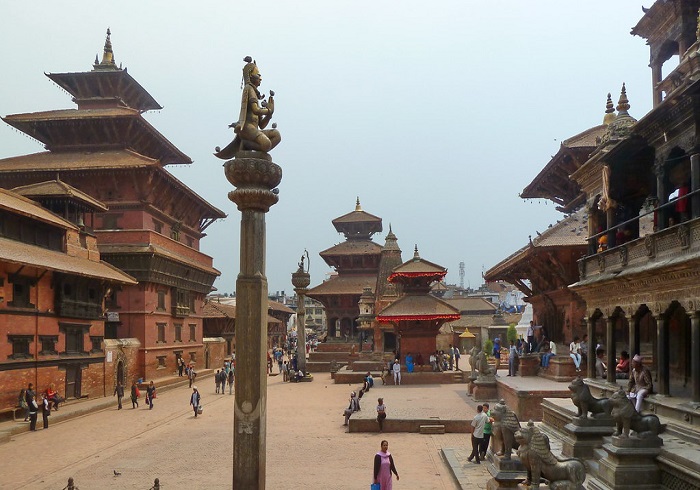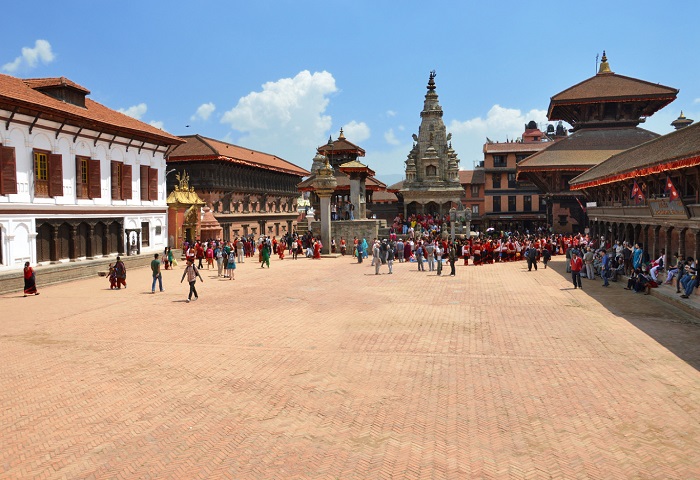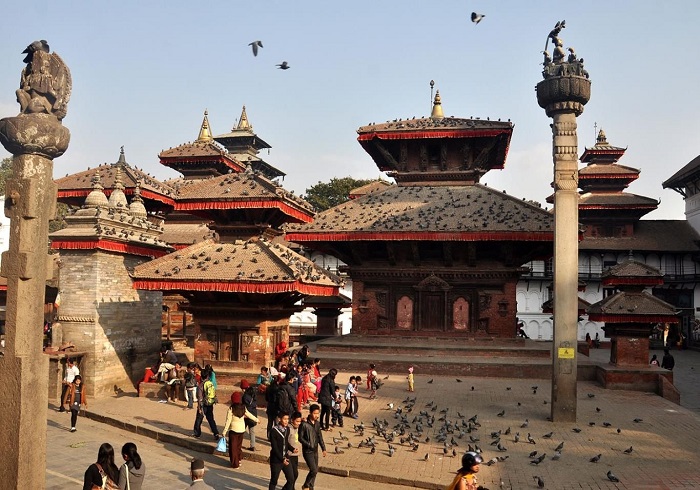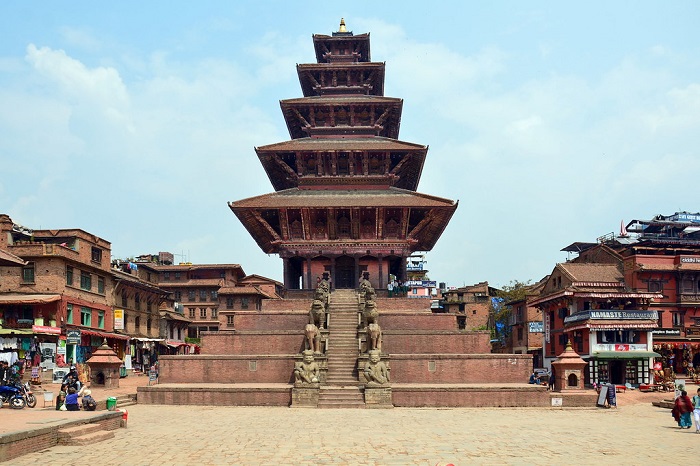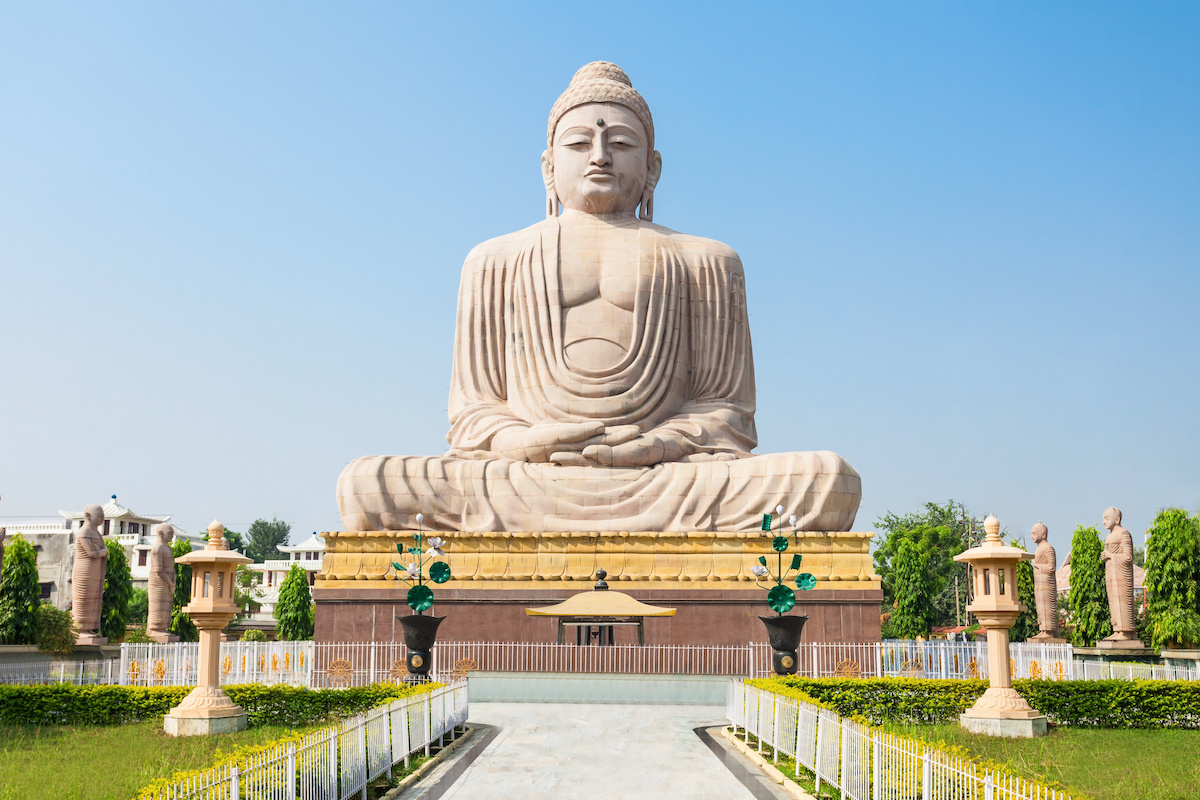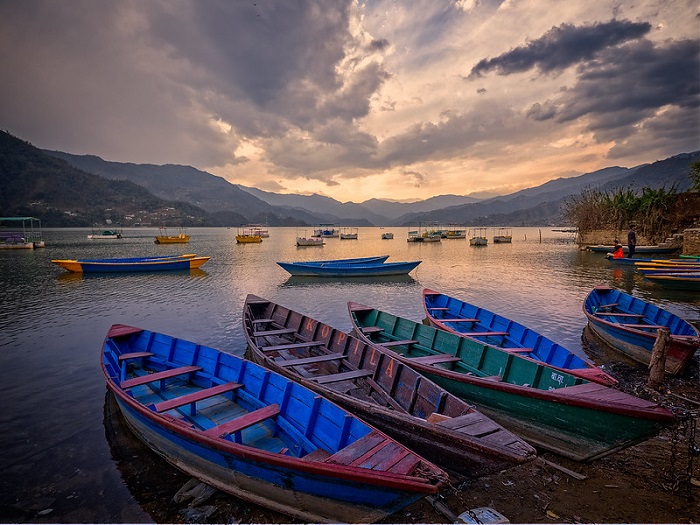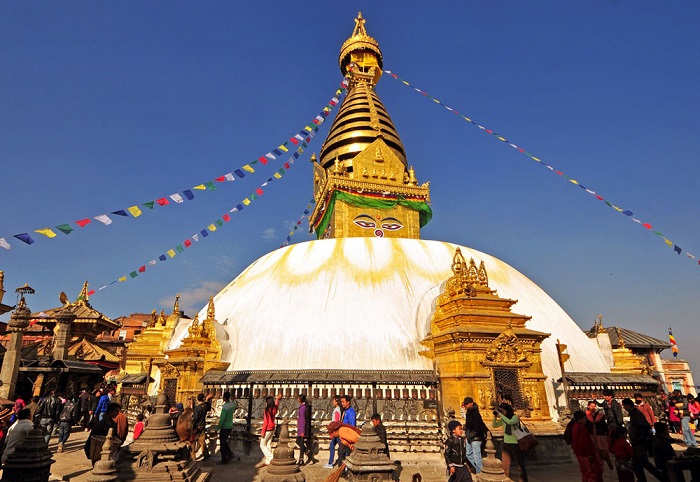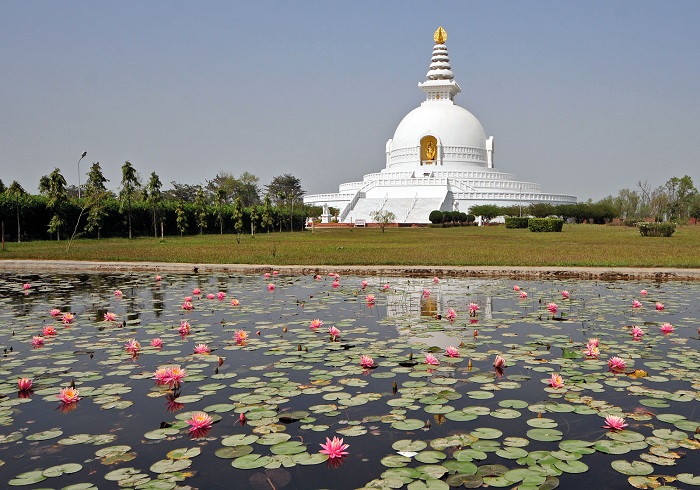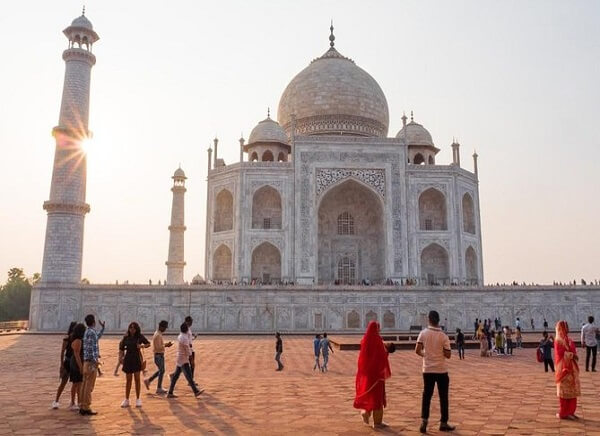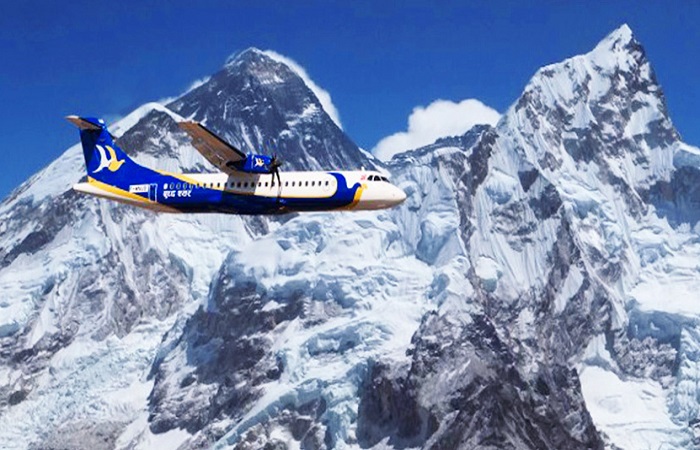12 Interesting Facts of Nepal Country
Nepal is one of the countries where globalization or modernity have not easily affected their ancestral culture. A multicultural territory where its ancient religions, its extensive nature and its gigantic mountains have contributed to Nepali traditions much of this currently is the main nation attraction for all tourists.
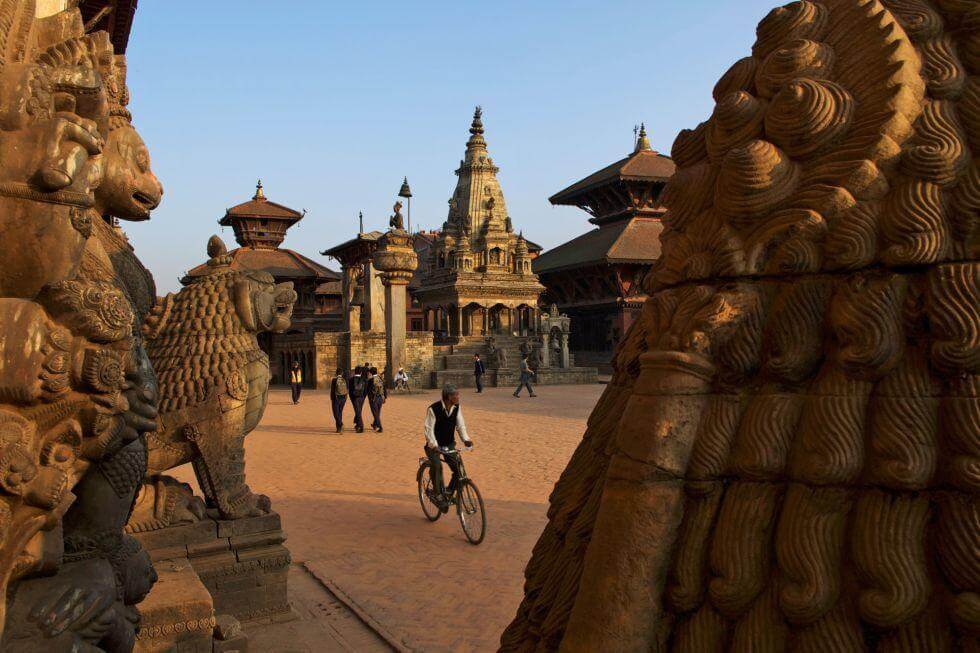
In this sense, we show you 12 interesting facts of Nepal, a very particular country
1. An Extreme Territory among Giants
The country is located in Himalayas where geographically it is a landlocked territory because its border with Asian giants; in the north by the People's Republic of China and in the south by India. In contrast with its giant neighbors, Nepal is a small territory, however its wide and diverse variety of territories, extending from the humid wooded plains of the Terai, to the highest and iciest mountain peaks of the earth make this place an extreme world of its own.
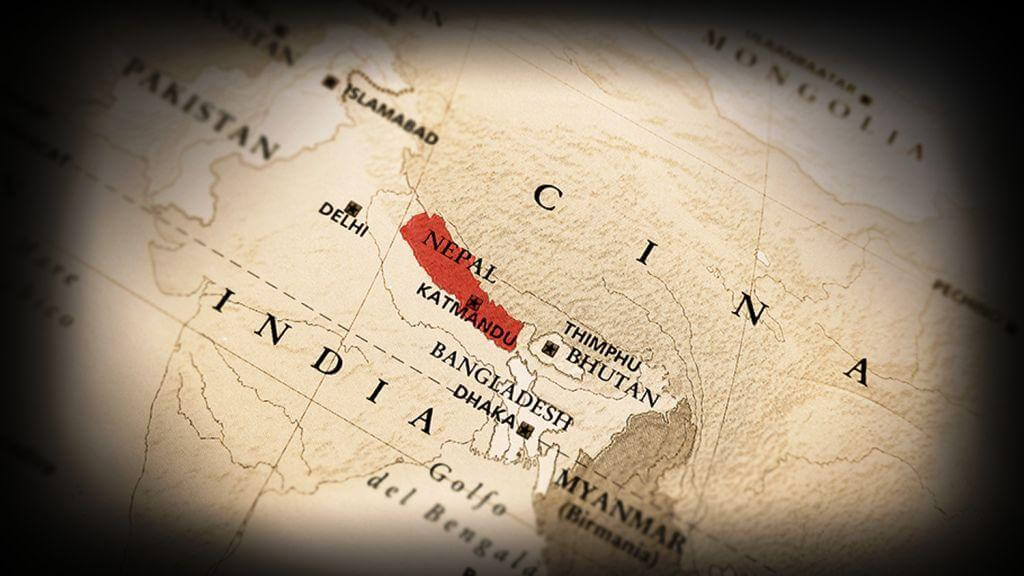
Also Read : 11 Things That Will Make You Fall In Love with Nepal
Suggested Tour :
2. The Highest Mountains on Earth
The Nepal nature is characterized by being stunningly mountainous, possessing 8 peaks of the 10 highest in the world called ‘Eight-thousander’, which is known in this way for having a land elevation higher than 8000 metres (26,247 ft) high above sea level, where Mount Everest with 8848 meters above sea level Earth's highest mountain and most recognized in the world.
- Mount Everest - 8848 m
- Kanchenjunga - 8586 m
- Lhotse - 8516 m
- Makalu - 8481 m
- Cho Oyu - 8201 m
- Dhaulagiri I - 8167 m
- Manaslu - 8156 m
- Annapurna I - 8091 m
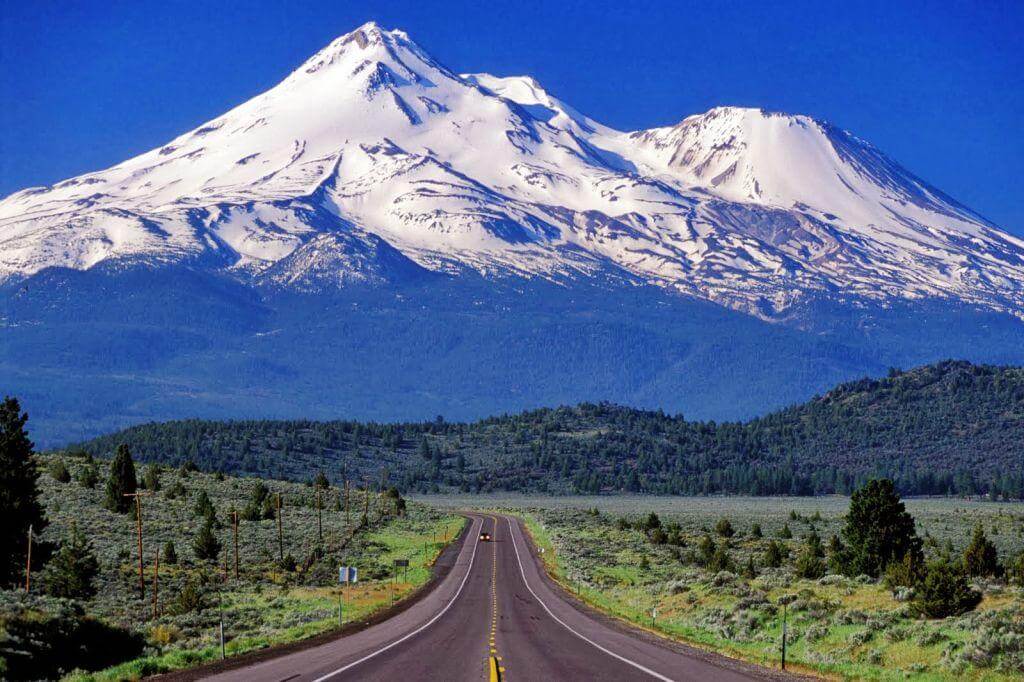
Read More : Top 10 Exciting Things to Do In Nepal
3. The Deepest Canyon On Earth
Usually, in the eyes of the world Nepal is known for the extreme elevations of its cover, but what few people know that Nepal is an extreme territory both in altitude as depth and we confirm it through the existences of Kali Gandaki canyon with 4,375 meters is the second deepest canyon in the world. This canyon is formed by the Kali Gandaki River located across Himalayas between the largest summits on the planet, both over 8,000 meters high, which are Annapurna and Dhaulagiri.
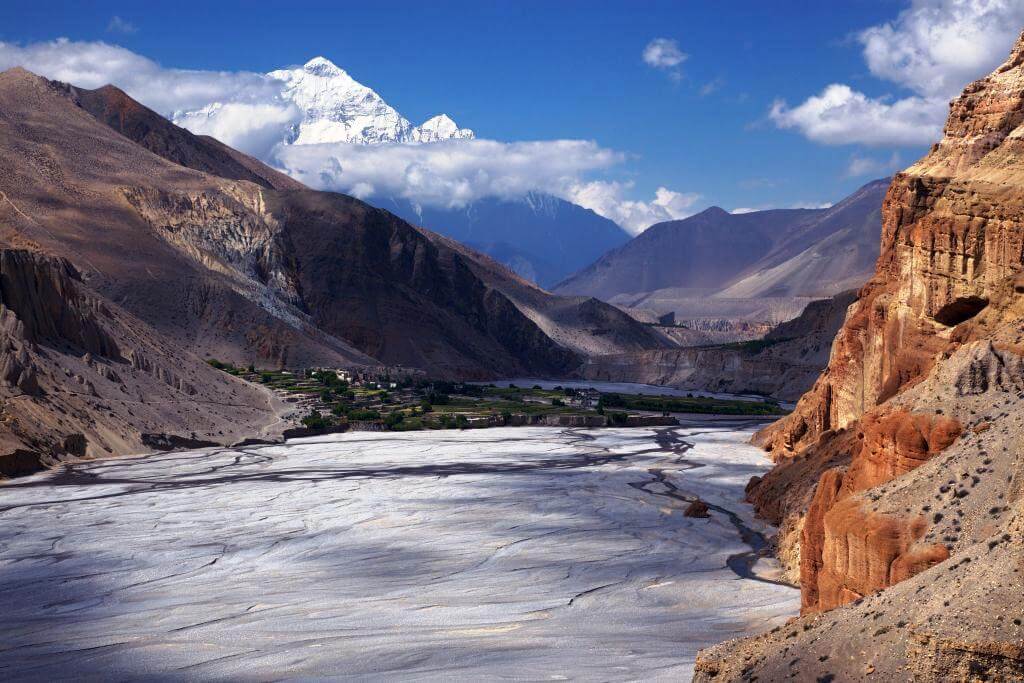
Suggested Tour : 4 Days - Nepal Tour
Must Read : Things to do in Nepal Kathmandu
4. The Original Name Of Mount Everest
The highest mountain on earth is named as ‘Everest’ by most Westerners, but actually its original name is not that, since this western-english name was attributed after its discovery by Royal Geographical Society suggested for Sir Andrew Waugh in 1865. However, the locals between China and Nepal attribute different names; Tibetan name (Pinyin) for Mount Everest is Qomolangma, which means ‘The Mother’s universe’ and Nepali is Sagarmatha, which means ‘The heaven's forehead’ or also by Sherpas (an ethnic group of the Nepal mountain) Chomolungma, which means ‘The mother goddess of earth’, but was not accepted by the Nepali citizens.

Also Read : Best Way to See Mt Everest Nepal Without Climbing
Suggested Tour :
5. The Nepal’s Capital Was Once A Lake
Both in their mythology and their geological studies they confirm the capital of Nepal ‘Kathmandu’ was once a lake. Nepalese mythology holds that Manjushri flew to Kathmandu and seeing the huge lake, he cut the Chobham's crest in half with his mighty sword and drained the waters in order to allow civilization develop in the fertile sacred valley. On the other hand, scientific theory explains that there is ample geological evidence to demonstrate the Kathmandu valley was once a lake but, in contrast to mythology, geologists think the lake was not drained at one time, but in phases over a period of 15,000 years.
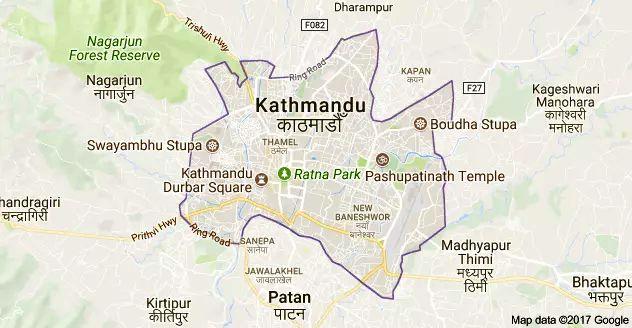
Also Read : About Gokyo Lakes
Suggested Tour :
6. Hinduism Is The Most Important Religion In The Land Of Buddha
Although Nepali village named ‘Lumbini’ is the Buddha birthplace ‘Siddhartha Gautama’ and the Buddhism foundation, Today the beliefs and practices of Hinduism have had a major impact on Nepalese society. Until 2006, Nepal was the only state in the world with Hinduism as the official religion, where 80.6% of the inhabitants are Hindu, 10,7 % constitute the Buddhists, 4.2% the Muslims and 3.5% other religions according to the census carried out in 2001.
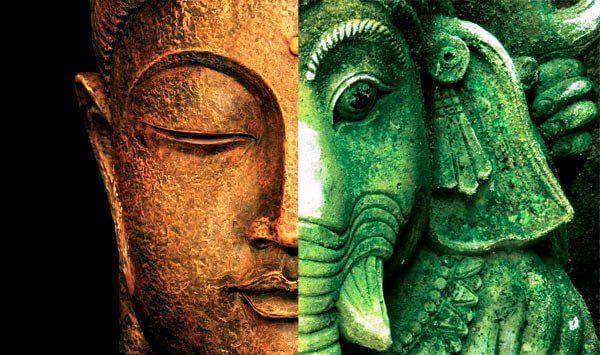
Must Know : Best Things To Do In Lumbini
Also Read :
Suggested Tour :
7. Home of Endangered Animals
Nepal has Chitwan National Park (the heart jungle), which is the potential reserve of amazing animals such as the snow leopard, asian rhinoceros, bengal tiger, Ganges dolphin, king cobra, Indian python, red panda, elongated tortoise, monitor lizard, marsh crocodile, and gavials. Faced with the frequent poachers threat, the park has implemented preservation and relocation actions, since this is home of the few remaining populations of Asian one-horned rhinoceros and is one of the last refuges of Bengal tiger.
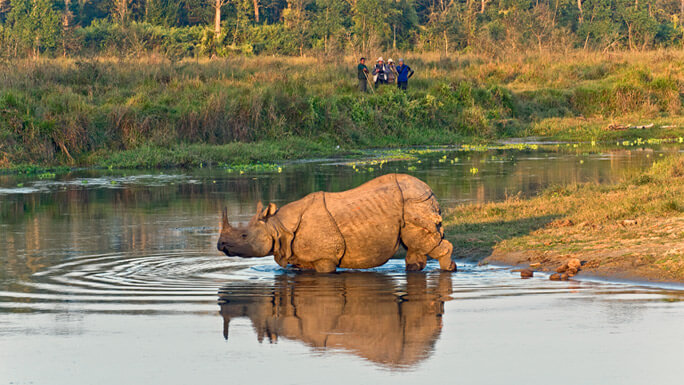
Also Read : Top 10 Wildlife Sanctuaries in Nepal
Suggested Tour :
- 4 Days - Chitwan National Park Tour from Kathmandu
- 6 Days - Kathmandu Chitwan Nagarkot Tour
- 15 Days - India Nepal Wildlife Tour
8. The Legend Of Yeti, The Abominable Snowman
You can not talk about interesting facts of Nepal without mentioning this character, ‘Yeti’ or ‘Jigou’ by the Himalayas Tibetans, beast which has been analyses as a bipede inclined slightly forward. Although people in some monasteries use to say they have remains belonging to this beast, for many scientists these samples are not reliable, so that only accounts are stories, which describe it as a giant bipedal ape that is believed to be located in the Himalayas wooded areas.
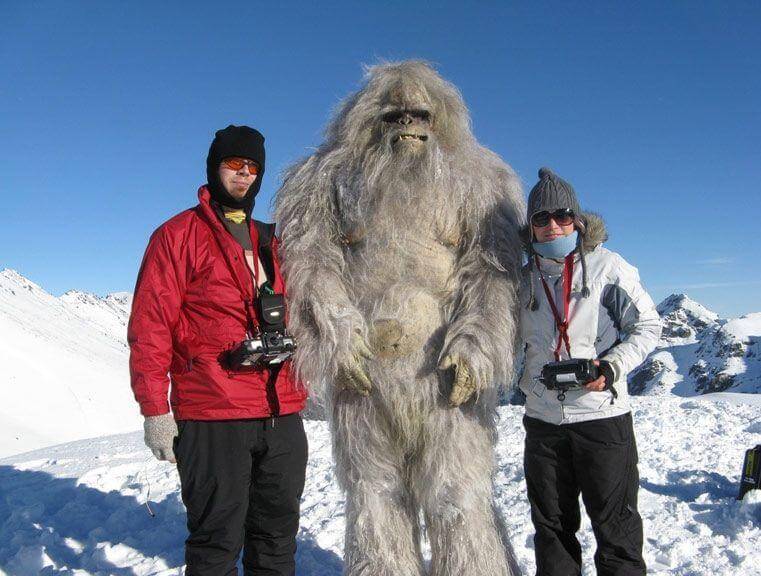
Also read : 10 Best Places to Visit In Nepal In Winter Season
9. The Greatest Concentration Of Places Recognized By UNESCO
The Kathmandu Valley is distinguished by its greater contraction of heritage recognized worldwide by UNESCO, which are seven sets of monuments and buildings that represent all Nepalese historical and artistic work, which are the seven sets of monuments and buildings that represent all Nepalese historical and artistic work, On the other hand, Nepal has 4 places recognized as a World Heritage Site by UNESCO, owing to this territory is so small also is considered as the country with the greatest concentration of worldwide heritage.
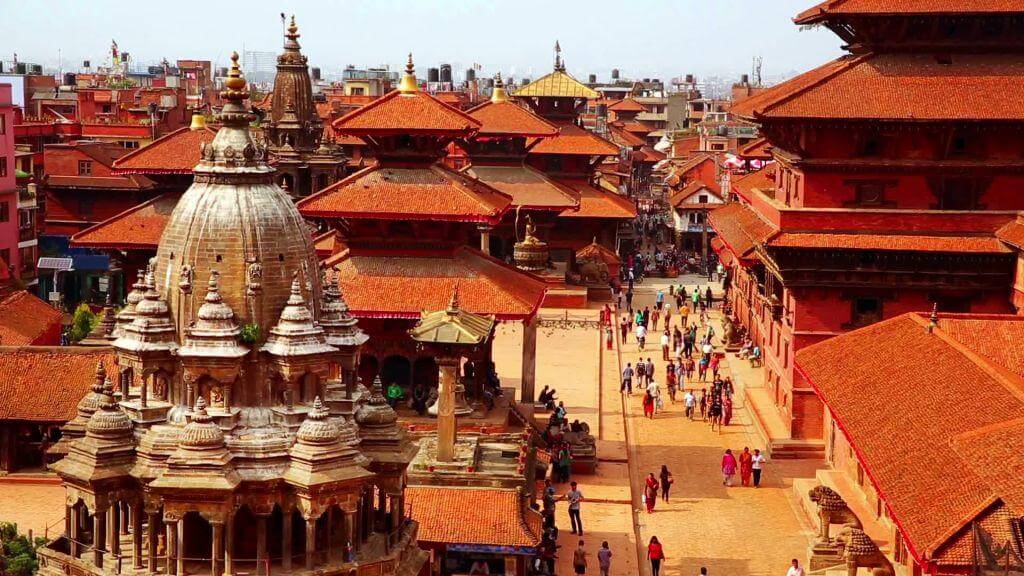
Popular Packages of India and Nepal Tour
- 8 Days - Taj Mahal with Kathmandu
- 11 Days - North India with Nepal Tour Package
- 15 Days - North India with Nepal Tour
- 17 Days - Best of India and Nepal Tour
- 21 Days - Best of North India and Nepal
10. The Fearsome Gurkhas At Service Of United Kingdom
These soldiers from the village of Gurka distinguish themselves by being fierce fighters and serving in special units of the armed forces of the United Kingdom and India. After meeting twice with British East India Company, unleashing the Anglo-Gurkha War from 1814 to 1816 and then the Gurkha rebellion and defeat in Makwanpur in 1816, the British were impressed by the skills and courage of this people, so they were recruited with the permission of Prime Minister Shree Teen Maharaja Jung Bahadur Rana as mercenaries organized in regiments within army of the British East India Company. The Gurkhas are also known for weapons such as the Khukri, which was used in the Anglo-Nepalese War, as well as in the First and Second World Wars.
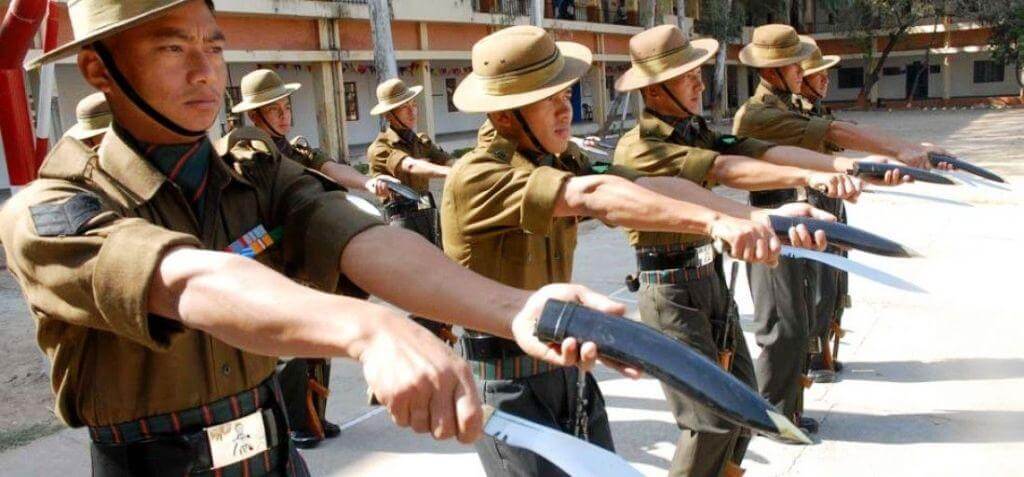
11. The Calendar in Nepal
Unlike the Gregorian calendar used in the West, the Nepalese calendar or Bikram Sambat includes both elements of the lunar calendar and solar calendar, so yearly the first date of year varies, but it always starts in the first days of April according to the Gregorian calendar, where each year has 354 days, because each lunar month has 29 or 30 days according to the Moon movement, so this calendar has an intercalary month every three years. So the Gregorian year 2018 corresponds to the year 2074 according to the official Bikram Sambat calendar. Although the Nepalese calendar is the official one and the most used in the country, it is not the only one since thanks to the ethnic and religious diversity, some different peoples and castes use their typical calendars.
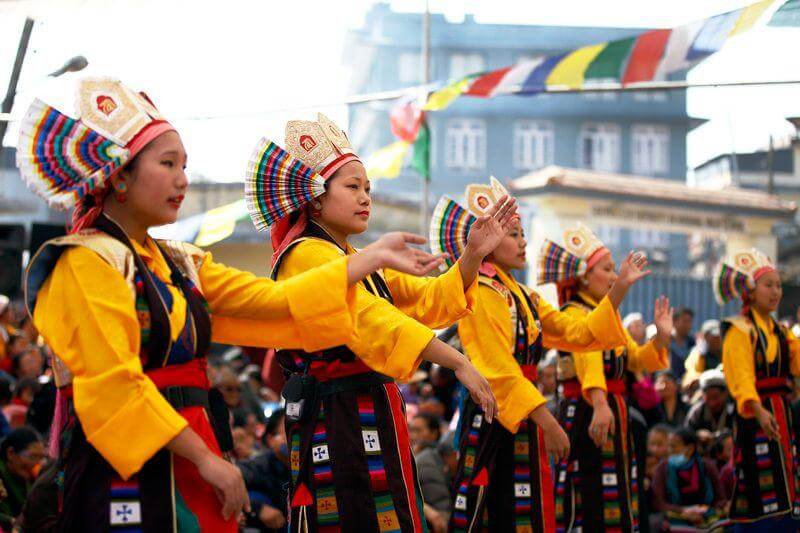
Also Read : 10 Festivals In Nepal You Must Experience
12. Nepales Eat Every Day Dal Bhat
A traditional dish from Nepal, consisting of lentils (Dal) and rice (Bhat). The Dal bhat preparation is very characteristic of this country since the Dal consists is prepared with tomatoes, onion, chilli and ginger accompanied by herbs and various spices such as coriander, garam masala and turmeric. Usually, this dish is eaten during the morning and then at dinner, because it is a nutritious meal for a small fee.
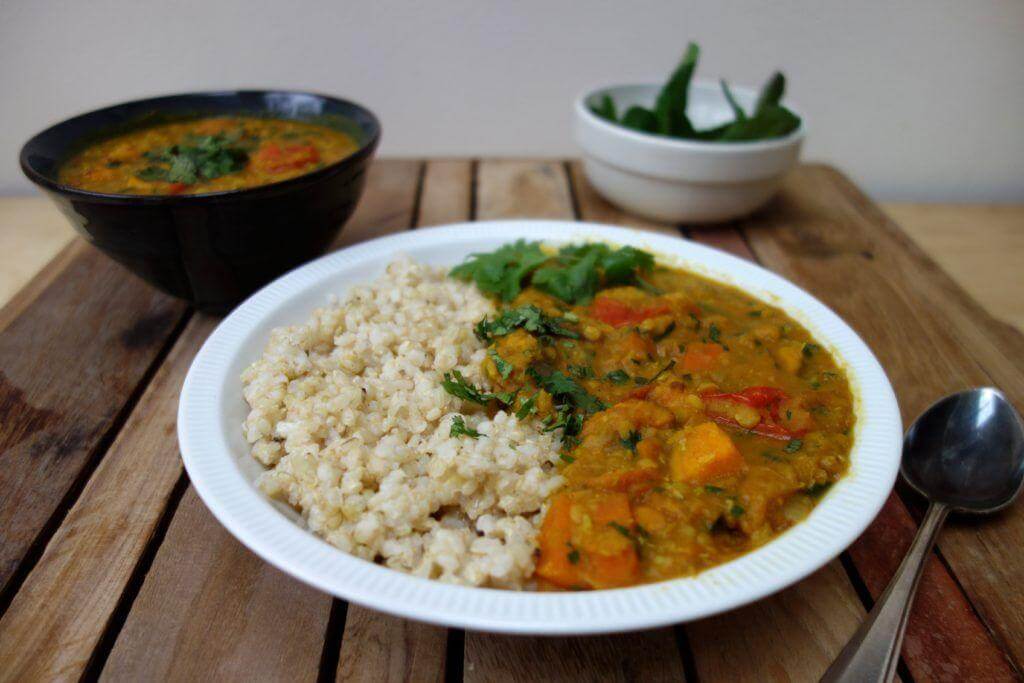
Read More : Dishes to Try in Nepal
Nepal Travel Guide
- Best Time to Visit Nepal
- How to reach Nepal
- Top 10 Treks of Nepal
- Money and Exchange In Nepal
- Nepal Tourist Visa and Fees
- Top Things to do in Nepal
- Places To Visit In Nepal For Honeymoon
Also Read : A Complete Guide to Nepal for Travelers


